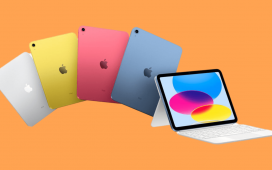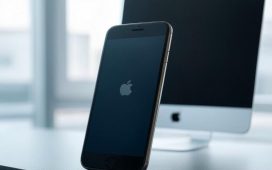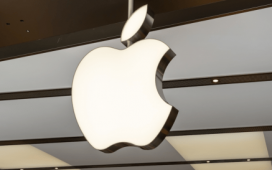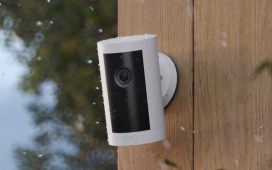Was the Apple Vision Pro an ambitious innovation… or a pricey gadget even lifelong Apple fans are unsure about? It sounds like it’s the latter.
When Apple first announced the Vision Pro at WWDC 2023, many people, especially diehard Apple fans, were thrilled that Apple was finally getting into virtual reality. Demos of the headset left many excited to see more… until Apple revealed the headset’s sky-high price tag.
The price was only the beginning of the Vision Pro’s troubles.
Now, over a year later, it looks like Apple has even lost the Vision Pro’s biggest fans after a recent interview with a few regretful Vision Pro buyers.
See also: Best Apple deals in May 2025
“I wouldn’t recommend anyone buying it”: Vision Pro owners speak up about their regrets

Last week, the Wall Street Journal published interviews with several early adopters of the Apple Vision Pro. A year after launch, what they had to say about the pricey, futuristic headset is definitely not what Apple wants to hear.
“I think I’ve probably used it four times in the last year,” one of the interviewees, Dustin Fox, admitted.
For Fox, setting the Vision Pro aside came down to its weight. The headset was just too uncomfortable to use “for more than 20 or 30 minutes.” All of the other interviewees also cited this as one of the reasons they abandoned the headset.
While it may seem small, this criticism has been a common one of the Vision Pro since launch and is clearly a major factor driving many early adopters to sour on the headset.
Vision Pro users haven’t just been experiencing physical discomfort — they’ve also noticed a fair bit of social discomfort.
“I got pretty dirty looks from people,” Anshel Sag, another one of the WSJ interviewees, shared.
Sag had purchased a Vision Pro partly to watch movies while flying. However, he said that he stopped flying with it after getting those “dirty looks,” and because the headset’s case is too bulky to be practical for bringing on flights. He said, “It takes up half of the volume of my carry-on.”
Anthony Racaniello, another Vision Pro buyer, shared a similar sentiment: “You have to put on what feels like a 500-pound MacBook Pro, strap it to your face, and have people laugh at you.”
The overarching theme of all the interviews was a profound sense of buyer’s remorse, not just because the Vision Pro lacks apps or is uncomfortable but also because it lacks the “cool” factor the iPhone enjoys.
The question is, why?
Why was the Apple Vision Pro a flop? It’s about more than you think

The Vision Pro may have failed because it’s not like the Apple Watch
A slew of factors contributed to the Apple Vision Pro’s inability to catch on the way other Apple devices have, but I think a big part of it comes down to poor timing and a lack of understanding of what consumers need and want.
Fans have often compared the Vision Pro to the Apple Watch, hoping it will make a comeback. The Apple Watch faced skepticism at first, too, until Apple realized its power as a fitness device. That’s a legitimate use, and on top of that, the Apple Watch isn’t as conspicuous as the Vision Pro and nowhere near as expensive.
Ironically, I think the Vision Pro may have failed because it’s not like the Apple Watch. Apple has yet to pin down a “killer use” for it, and the price is far too high for the vast majority of people to afford.
That may explain why Vision Pro users get those “dirty looks” when wearing the headset in public. Its sky-high price has made it representative of a growing trend of pricey, luxury tech that isn’t made for the masses.
People wearing the Vision Pro may look like they’re flaunting their wealth. It certainly doesn’t help that the oversized ski goggles look isn’t exactly the last word in fashion.
The Vision Pro doesn’t charm people because it doesn’t seem like it was made for them. It doesn’t solve any big problem consumers are having, nor is it a reasonable, improved replacement for any of the much less expensive tech we already have, like your laptop or phone.
In this case, it seems like Apple was betting on people buying the Vision Pro because it’s a luxury, cutting-edge device.
However, the folks at Cupertino may have underestimated the frustration of all the people who just want a more durable phone with better battery life, not a $4,000 VR headset that’s too heavy to wear for more than half an hour.










